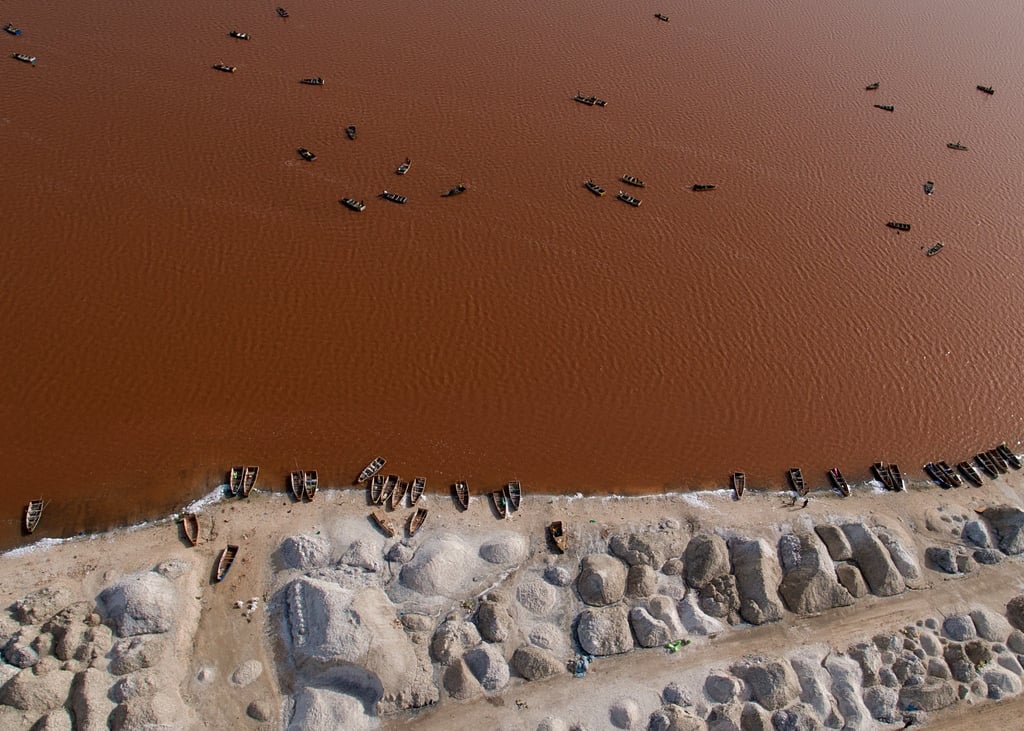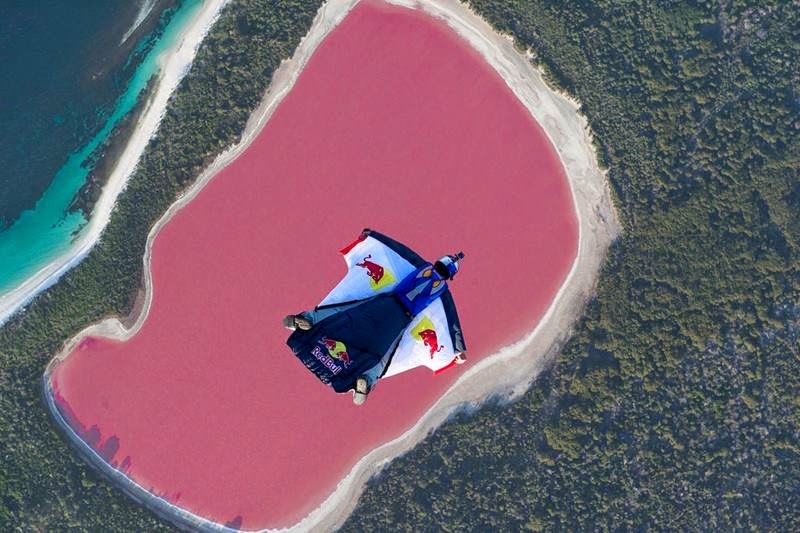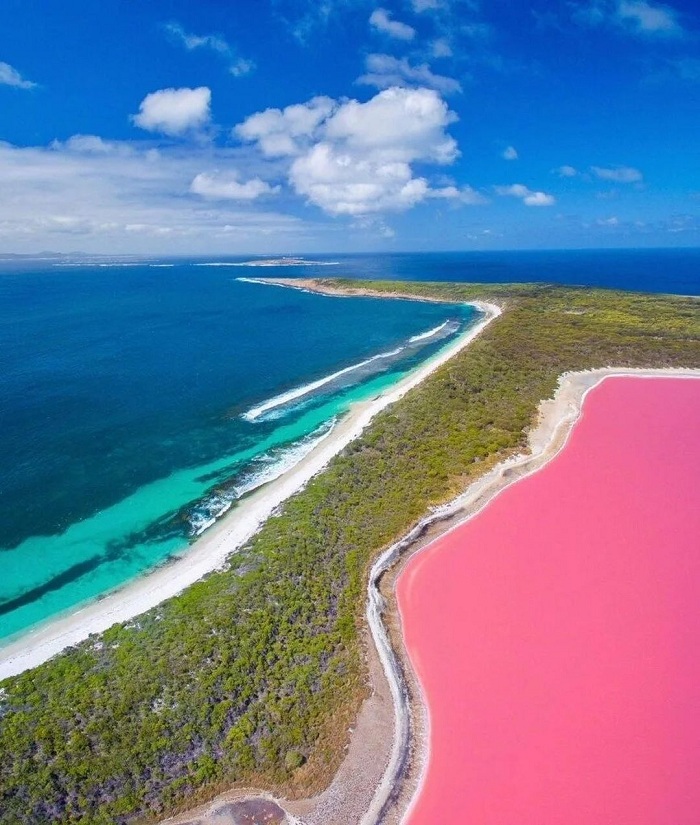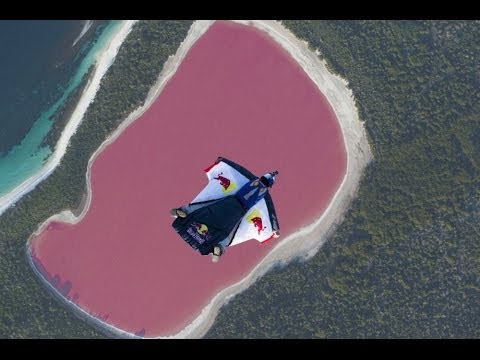
Speculation abounds regarding the cause of Lake Hillier’s unique coloration, with many attributing it to the presence of microorganisms inhabiting its waters. While the exact mechanism remains a subject of debate, scientists suggest that the pink tint could be the result of Dunaliella Salina, a species of microalgae thriving in the lake’s high-salt environment.
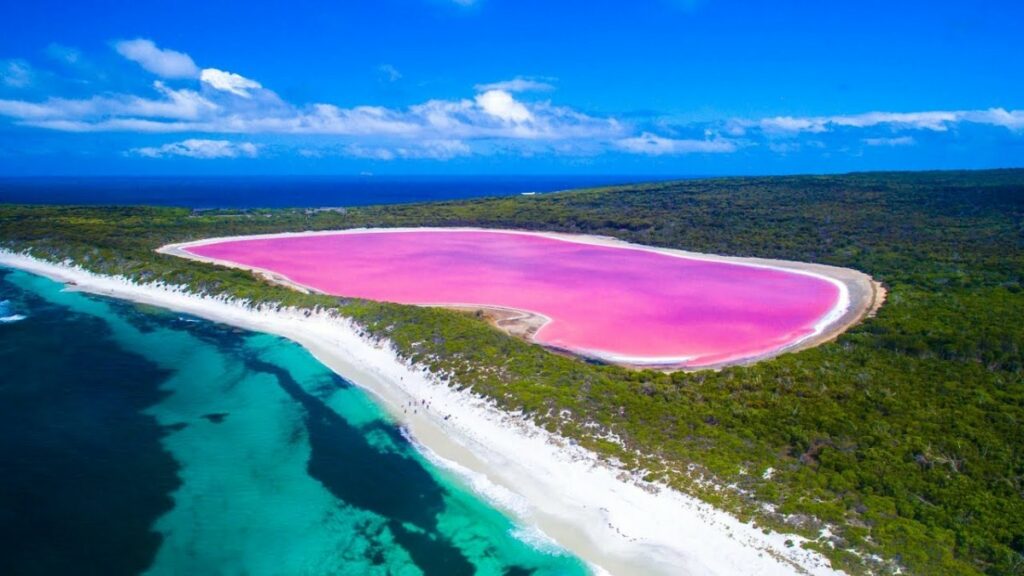
Protected as a reserve, Lake Hillier can only be visited under special circumstances, with aerial views recommended to fully appreciate its beauty. The lake’s distinctive appearance is further enhanced by the presence of halophilic bacteria and archaea, which contribute to its fascinating pink hue.
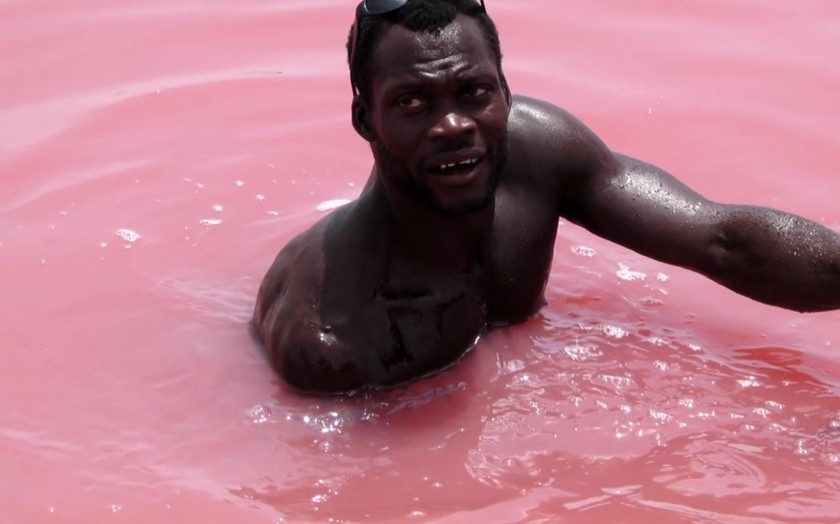
Research conducted by the ABRF’s Metagenomics Research Group has shed light on the microbial diversity of hypersaline lakes like Hillier, revealing a complex ecosystem of bacteria and archaea. Similar phenomena can be observed in other pink lakes worldwide, such as Senegal’s Lake Retba.

Despite its allure, swimming in Lake Hillier is not advisable due to its hypersaline nature and the potential risks associated with ingesting its water. However, visitors can still marvel at its vibrant pink waters from the air, offering a breathtaking view of the surrounding landscape.

The history of Lake Hillier adds to its mystique, with British navigator Mathew Flinders documenting its existence during his explorations in the early 19th century. Once used for salt extraction, the lake now stands as a testament to nature’s wonders, protected within the confines of an uninhabited pasture reserve.

While the allure of Lake Hillier may tempt some to take a dip, caution is advised due to the potential health risks associated with its saline waters and the presence of various microorganisms. Instead, travelers are encouraged to admire its beauty from a safe distance, marveling at one of Australia’s most extraordinary natural wonders.
